YouTube or TikTok: Choosing the Right Platform for Your Objectives
Regardless of whether it's content marketing, advertising placement, or influencer marketing, and regardless of whether you aim for brand promotion, user accumulation, or direct sales conversion, social media platforms are indispensable channels for advertisers. Since 2018, TikTok has rapidly emerged as the "dark horse" of social media, replacing the role of "search engines" in users' lives, and even for Generation Z, TikTok is like Google. Meanwhile, the big brother YouTube remains a digital giant in the realm of video content, still wielding an unshakable influence.
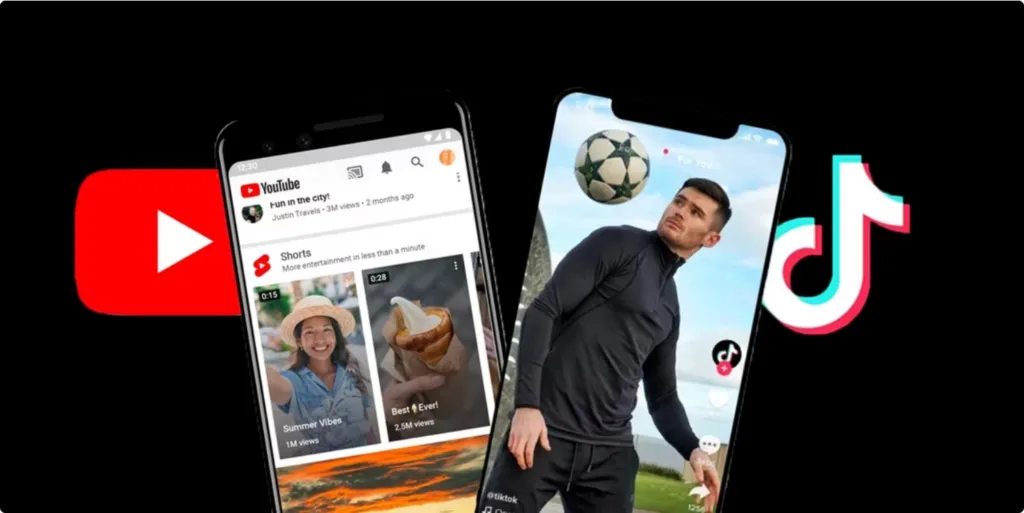
In 2020, YouTube made a strong entry into the battle with TikTok, launching Shorts, short videos within 60 seconds, to compete. In 2022, TikTok introduced long-form video mode, extending the maximum video length from 3 minutes to 10 minutes, aiming at YouTube. In February 2023, YouTube's Shorts began monetization through interstitial ads, incentivizing more short video creators to join YouTube, offering them desirable income.
The two major overseas video giants are increasingly resembling each other, with the differences in gameplay gradually narrowing. Both platforms can help businesses connect with audiences through video, drive purchasing behavior, and foster community awareness. Whether you're creating custom content for these platforms for organic growth, collaborating with influencers, or running ads to drive sales, both YouTube and TikTok have many advantages to offer. But in this vast platform arena, how does YouTube compare to the rising star TikTok? For major advertisers, how can they choose to achieve the best marketing results?
What are TikTok and YouTube?
YouTube and TikTok are giants in the field of video sharing platforms. YouTube, founded in 2005 and now owned by Google, has firmly established itself as a diversified content platform, allowing users to upload, comment on, and share videos ranging from vlogs to tutorials.
On the other hand, TikTok, as a relatively new phenomenon, has swept the globe with its short, captivating videos and viral potential. Both platforms offer unique advantages for businesses, but the choice depends on your target audience and content strategy.
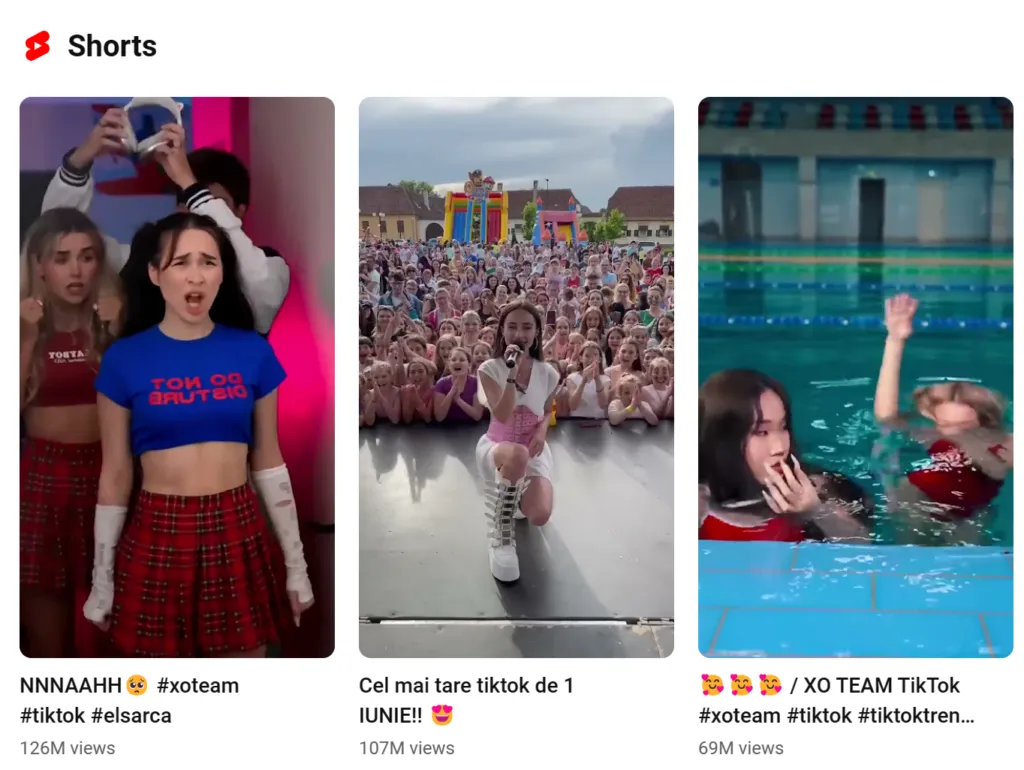
TikTok vs. YouTube: Key Differences
TikTok focuses on trends and fun, while YouTube offers more detailed content.
YouTube is known for long-form videos, containing more in-depth content that allows creators to delve into various topics. TikTok users enjoy participating in popular challenge activities initiated by the platform, such as music, dance, and filter challenges, building their own content communities. Given users' creation habits and the limitation on video length, light-hearted and entertaining content is more suitable for wide dissemination on TikTok compared to serious content.
TikTok is youthful, while YouTube has a broader audience.
According to reports, the most active users on TikTok are over 40 million young users from Generation Z globally, with female users overwhelmingly dominant. In contrast, YouTube's diverse content appeals to various audiences, with males being more popular globally, especially those interested in serious and informative video content. If your target audience is over 25, you may consider increasing your marketing efforts on YouTube.
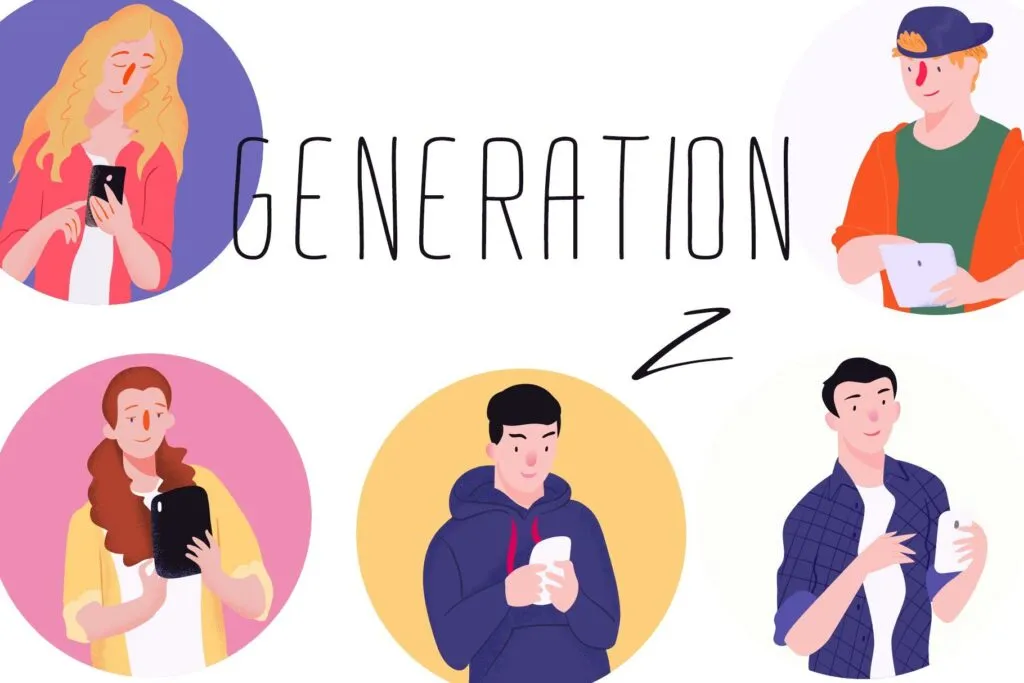
TikTok offers personalized recommendations, while YouTube holds high authority.
TikTok's personalized recommendation is one of its key success factors. Upon logging into the app, users are directed to the "For You" page, featuring personalized content recommended by algorithms and machine learning, rather than videos they are less interested in. For brands, this means leveraging algorithmic features to create content that resonates with the target audience, reaching a vast number of potential consumers accurately. YouTube, as the second most visited website globally owned by Google, has significant authority. You often see one or two YouTube videos in the top ten results of a Google search. Integrating social media content with Google search traffic greatly improves the ranking of high-quality content and video links in Google search results.
TikTok gains traffic faster, while YouTube has a longer ramp-up period.
YouTube has a longer ramp-up period. If a video doesn't gain traction within 24 to 72 hours of its release, it's necessary to give it some time, optimize keywords and thumbnails, and not give up blindly after releasing a few videos. If a video starts with a particularly smooth playback curve, with increasing views, long user retention, and positive engagement metrics, the video will gain more traffic over time. TikTok gains traffic faster. Regular users receive recommended traffic on the For You page after posting a few videos. By mastering techniques for targeting, packaging, and maintaining TikTok accounts and keeping them regularly updated, traffic usually starts to increase in about ten days. Currently, TikTok has stricter control over video reposting, so whether TikTok or YouTube? Which one is more effective for overseas video marketing? Outputting high-quality original content is recommended.
Advantages of YouTube
- Possibility of long-form content: YouTube is the preferred platform for brands seeking in-depth content. Its long video settings allow conveying more details in video content, suitable for in-depth content. Also, its landscape-oriented playback format draws attention to the description below the video, facilitating direct purchase facilitation by incorporating product links into the description. Therefore, for products with high unit prices or complex features (such as electronics, home products, etc.), leveraging YouTube influencers through custom videos, unboxing videos, reviews, and inserted videos can provide more detailed product demonstrations.
- Target audience selection: As a mature and popular digital platform, YouTube has a stable audience base. Brands need to understand and cater to the right audience to succeed.
- High user engagement: YouTube has high user engagement, which is crucial in the digital realm. For brands, this means more interaction and attention.
- Content monetization capability: YouTube provides a clear path to monetization, from advertising revenue to affiliate marketing and brand promotion. Brands can convert content into revenue through various means.
- Abundant influencer resources: YouTube has abundant and high-quality influencer resources. Most influencers have strong content creation capabilities and appeal, bringing feedback beyond expectations for brands. Compared to TikTok, influencer resources on YouTube may have lower unit prices, but influencers on YouTube have stronger appeal, which is a valuable resource for enterprises.
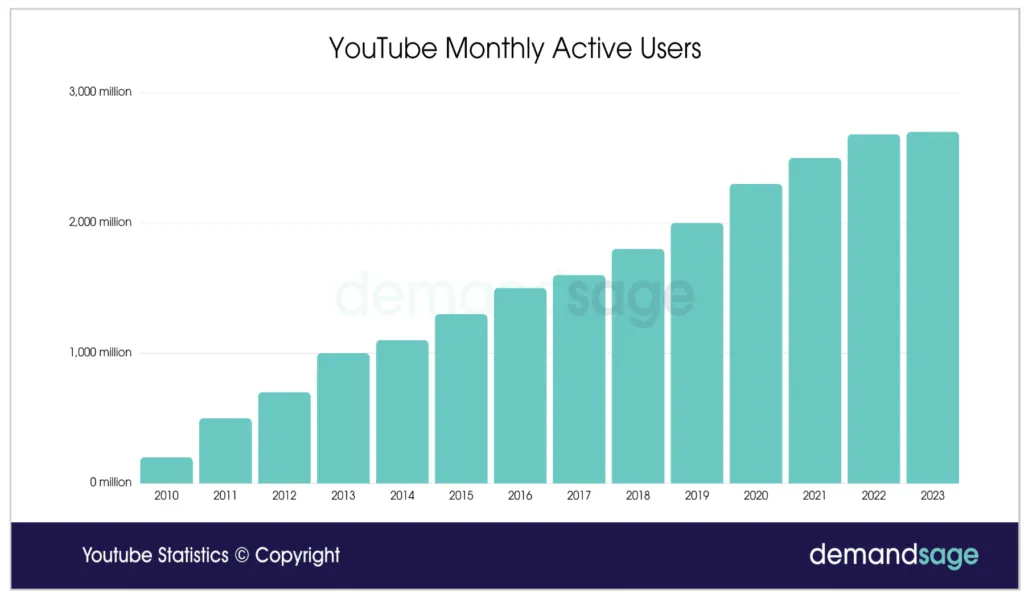
Advantages of TikTok
- Fun and fast-paced content: TikTok's content is highly entertaining, quickly capturing users' attention. On one hand, it is suitable for businesses with creative ideas who want to expand brand awareness in a short time through influencer marketing. On the other hand, it also leads to serious influencer recommendations for products, making it difficult to form a coherent and profound memory in the minds of users on the platform. Therefore, launching challenge activities related to relevant topics on TikTok or embedding products through high-quality stories, skits, etc., can attract a large number of target audiences.
- Suitable for rapid brand awareness expansion: For businesses, TikTok is an ideal platform, especially for creative ideas, allowing for the rapid expansion of brand awareness in a short time. TikTok has a highly engaging user base, enabling hosting challenges or product placements to attract a large number of target audiences on the platform.
- Wide geographical distribution: TikTok covers 150 countries globally, supporting 75 languages, providing a global platform attracting users from different regions. YouTube has localized versions in over 100 countries and supports over 80 languages. It is estimated that there are 227 million users in India, followed by 127 million users in the United States. The Netherlands and South Korea rank highest in platform penetration. TikTok covers 150 countries globally, supporting 75 languages. Among them, the United States, Indonesia, and Brazil are the largest markets for TikTok, but India banned TikTok for downloads two years ago, so it is essential for brands to understand local promotional policies before choosing a platform for promotion.
- Micro-content creation: TikTok focuses on short video content, which aligns with users' current demands for quick and concise information. Additionally, TikTok has become the center of viral trends and challenges, making users more eager to share and participate, providing broader possibilities for brand dissemination.
- Suitable for young people and specific demographics: Due to its content characteristics and user demographics, TikTok is particularly suitable for brands targeting Generation Z, millennials, or emphasizing female audiences, reaching the largest potential customer base. TikTok mainly attracts young people, with fast-paced content and viral characteristics. From providing various micro-videos to becoming the center of trending challenges.
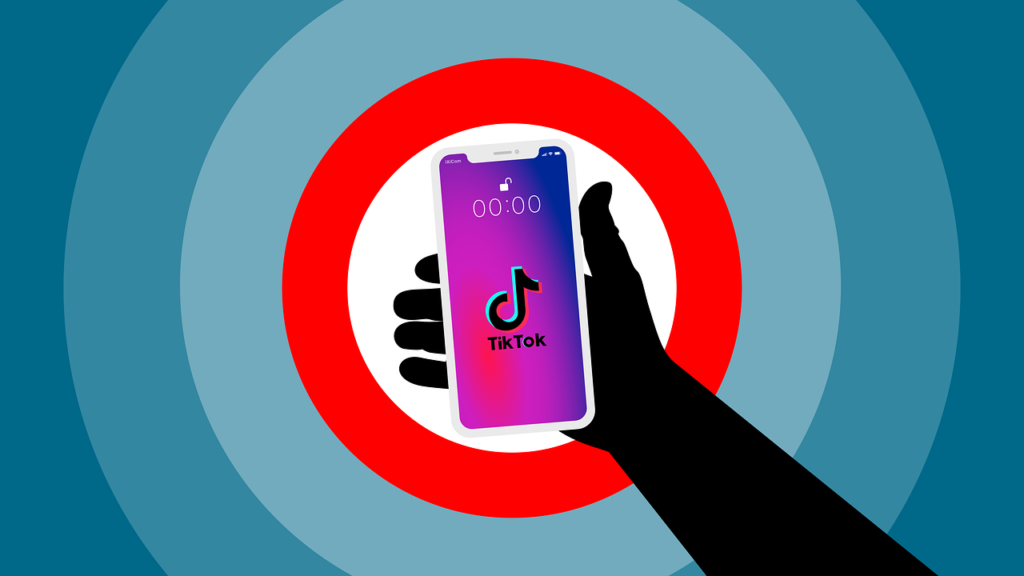
How to Choose Between TikTok and YouTube?
Choosing between YouTube and TikTok should depend on your advertising and marketing goals, your target audience, your budget and resources, your brand positioning and values, and the type and style of content you produce. It's essential to remain flexible, try different platforms, and always prioritize audience preferences. YouTube provides unparalleled reach opportunities with its extensive audience coverage. At the same time, TikTok's viral potential can propel brands to fame overnight.
The best choice is not TikTok vs. YouTube but TikTok and YouTube. You can create content on YouTube and then repurpose it for TikTok and YouTube Shorts. You can also advertise on both platforms to cover the widest audience.












